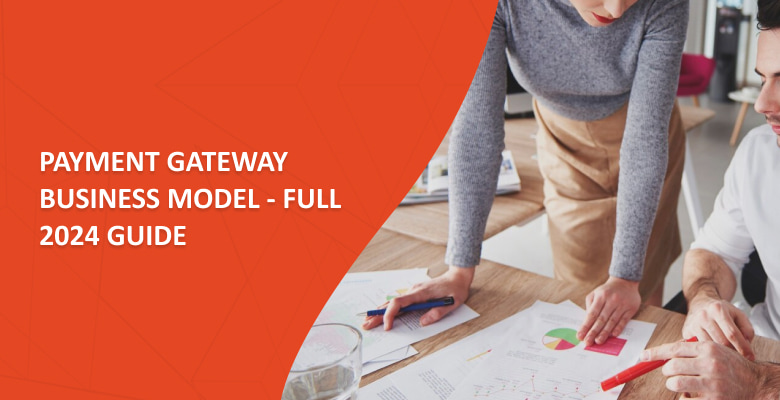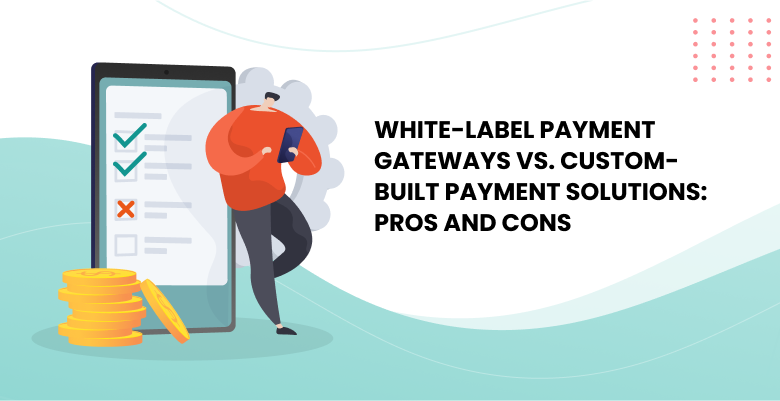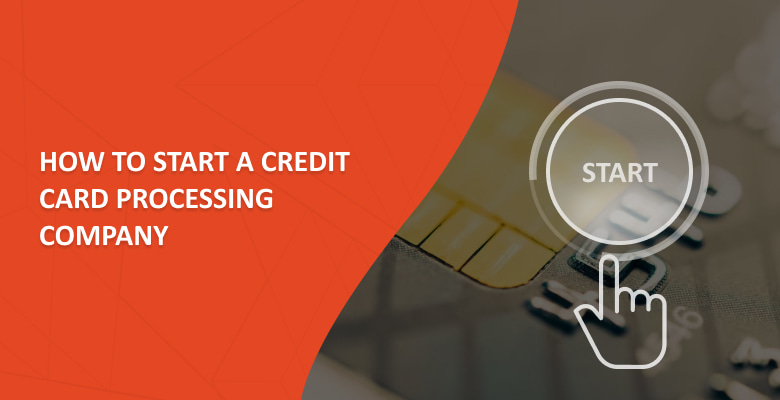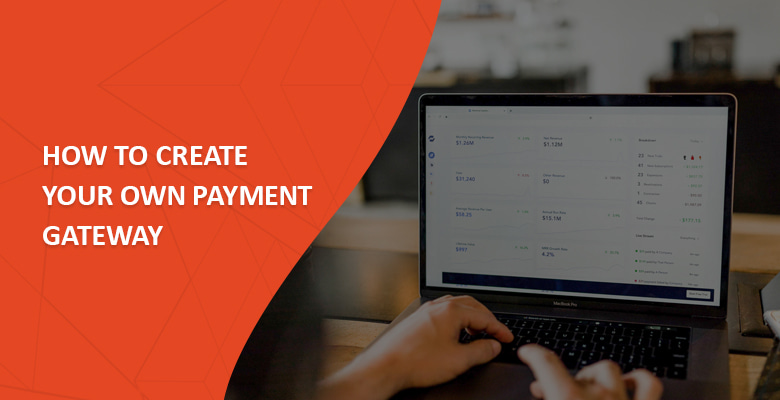
It is no secret that the e-commerce business is growing insanely fast these days. According to the estimated value of global retail sales, e-commerce retail sales are expected to reach 6.88 trillion U.S. dollars on a global scale by 2026. Such a huge market growth implies a demand for the software infrastructure that will allow accepting payments on their websites.
A Payment Gateway or a Payment Aggregator is a piece of vital infrastructure in the payment process that provides for the transfer of sensitive data from the client and the acquiring bank. The gateway is connected to an API inside e-commerce or payment accepting company. The aggregator charges a Merchant Discount Rate (MDR) on each transaction that goes through it. In this article, we present a full guide to a payment gateway system and its business model.
Payment gateway: The basics
A payment gateway, also called a payment aggregator, is a technology that facilitates online payment processing for merchants. A payment aggregator is offered by a Payment Service Provider (PSP) that distributes it on a SaaS (Software as a Service) basis. The aggregator is a bridge between the client and the merchant. Its role is to transfer data between the major players involved in transaction processing: the customer, the merchant, the acquiring bank, the issuing bank, and the card network.
Another important point is that the transfer of such sensitive information must be flawless and secure. Ensuring fast speed and security of data transfer is one of the payment aggregator’s main tasks. After checking card information for security, the gateway authorizes a payment.
The operating principle of the payment aggregator proceeds as follows: a person places an order and enters his payment details either directly on the merchant’s website if he is PCI DSS certified, or on the payment aggregator’s page. Then, the aggregator receives them, encrypts sensitive data, and transfers it to the acquiring bank. Afterward, the information goes to the card issuer, followed by the issuing bank, which approves or declines the transaction, and then the message with the approval or rejection goes back to the site.
How payment gateways make money
A significant portion of a payment gateway service provider’s revenue comes from the markups applied to transactions processed through their platform. In simple terms, a payment gateway earns income from each transaction by taking a percentage and/or fixed fee that is called Merchant Discount Rate (MDR).
To figure out what exactly an MDR is, you need to understand the Card Networks business model since it is the major player in online payments. Usually, when we talk about Credit Card Networks or Card Issuers, we mean either Visa or Mastercard. Have you ever wondered how do payment gateways make money? The majority of credit and debit cards all over the world are issued by Visa’s or Mastercard’s Network Participating Banks. To use the benefits of, let’s say, Visa, the bank should pay the Network Participation Fee, which is fixed and only paid once. The bank also pays the card network a fee for each transaction made.
Payment service providers charge customers in a similar way. To accept payments online, an e-commerce merchant needs to connect to the issuing bank, card network, payment processor, and online payment gateway system. All of them have a fixed amount fee paid per $1 transaction. The total of these fees is called MDR — a key part of understanding how does a payment gateway make money. Payment gateways also generate income through various service fees that their customers pay regularly. Let’s break it down in more detail.
Calculating merchant discount rate
MDR is the total fee a merchant pays per transaction when accepting card payments. It is composed of several components:
Interchange Fee
The fee paid by the acquiring bank (the merchant’s bank) to the issuing bank (the customer’s bank). It covers the costs of processing and authorizing the card transaction.
Card Network Fee
The fee charged by the card network (Visa, Mastercard, etc.), covering the use of their payment infrastructure and services.
Acquiring Bank Fee
This is the margin added by the acquiring bank for facilitating the transaction.
Payment Service Provider (PSP) Fee
A margin added by the PSP for providing payment gateway services to the merchant.
Types of rates charged by a payment service provider
There are several ways payment gateway providers charge merchants, they include:
Blended fee
Payment service providers using a blended fee structure charge merchants a flat rate that combines the average transaction processing cost with a fixed markup. This means the merchant pays a consistent fee for each transaction, regardless of factors like card type or the customer’s location. For example, a blended fee might be set at 2.5% per transaction, with no breakdown of how costs vary by different variables.
Interchange ++ fee
Interchange ++ is typically used by PSPs in the USA or large acquirers in Europe. This model provides a detailed breakdown of the three main costs associated with card payments: the acquirer’s markup, the card network’s fee, and the interchange fee. This way, the rate for each transaction will vary depending on the specific payment method used.
On average, the merchant is charged 1-3% of Interchange++ for each transaction processing. Assuming that the whole amount of Interchange ++ a merchant should pay is 2,0%, how do we split it? It looks like this:
- 1% – interchange fee
- 0,5% – acquirer markup
- 0,5% – card scheme
Plus, the merchant will also pay a fixed PSP fee. Let’s assume the PSP fee is 0.5% of the transaction amount, which is a common markup added by many PSPs.
For instance, a customer makes a $1,000 purchase at the online store with a Visa credit card. From this amount, the merchant will pay a $10 Interchange fee to the issuing bank, $5 to the acquiring banks, $5 to the card scheme, and $5 to the PSP. Thus, a merchant would receive $975 out of the $1000 paid by the customer.
Payment gateway business model
The payment gateway business model is centered on transaction-based revenue, which is complemented by various recurring and service fees. By providing essential payment infrastructure and additional value-added services, gateway providers create scalable revenue streams.
Key components of a payment gateway business model include:
Transaction fees
Payment gateways generate most of their revenue from MDR. The more customers and the higher the transaction volume, the more revenue PSPs generate.
Setup fees
A one-time fee paid by the client for establishing the payment gateway platform service, especially in cases where a white-label payment gateway extension is used to speed up deployment and reduce upfront costs.
Recurring fees
Monthly or yearly fees charged for continued access to the payment gateway services, its developments, and updates.
Additional fees
- Chargeback and fraud fees: Fees incurred by the client whenever a chargeback or fraudulent transaction occurs.
- Rolling reserve: A percentage of the merchant’s turnover held for a certain period to cover potential risks such as chargebacks, fraud, or penalties from card networks.
- Cross-border fees: Additional fees for processing transactions that involve multiple currencies or countries.
Value-added services
Some payment gateways may charge additional fees for value-added services, such as recurring billing, advanced analytics, multi-currency support, or 24/7 customer support.
Custom development
Charges for the development of new features or integration according to customers’ individual requests.
Partnerships and integrations
Some payment gateways earn additional revenue from partnerships with payment processors, anti-fraud providers, etc., by referring their customers to these companies.
Launching a payment gateway: Next Steps
If you set your mind to launching a payment gateway, here are the next steps you should take:
Understanding the market
Before setting foot on payment gateway development, make sure you are clear on customers’ challenges and needs in today’s dynamic market. While it may be inspiring to look at the success of companies like Stripe and Adyen, following their exact path won’t guarantee the same results. As the market is constantly changing, the methods that worked even 5-10 years ago may now be outdated or overutilized by other players. With a deep understanding of the market, you will be able to find an opportunity that the major players or platforms may be overlooking or under-serving.
Establishing a business vertical and regions of operation
Although most payment service providers dream of going global, covering as many regions as possible and catering to various industries from e-commerce to airlines, this may not be the best idea for an emerging PSP. Each vertical and region of operation has its own needs in terms of technology and payment preferences. Therefore, it will not be possible to cater to customers globally from the get-go. To gain traction in today’s crowded payment landscape, it’s more effective to start by focusing on a specific business vertical and becoming well-established within your target regions.
Software development VS leasing: Choosing what’s right for you
A key factor in determining how your business operates is its payment infrastructure. Two options are on the table here: you can either build a payment infrastructure on your own or lease a ready-made one from a well-established payment vendor. Much like choosing between buying or leasing a car, each option has its own set of advantages and disadvantages. Of course, there are multiple aspects that influence this decision.
To learn more about software development and leasing, along with the strategies for launching and scaling a payment gateway for business in today’s dynamic market, check out our recent ebook by Akurateco’s Founder and CTO, Andrew Riabchuk, and renowned Payments Strategist, Dwayne Gefferie.
Conclusion
Nowadays, it is impossible for a merchant to accept payments on a website without payment gateways. The business model of a payment gateway is based on the percentage and/or fixed fee that the merchant pays from each transaction. The amount of charge depends on the transaction mode. Therefore, businesses that have ongoing transaction flow generate constant profits for the payment gateway. Additionally, payment gateway providers generate profit from setup and maintenance fees, and extra charges for value-added services






